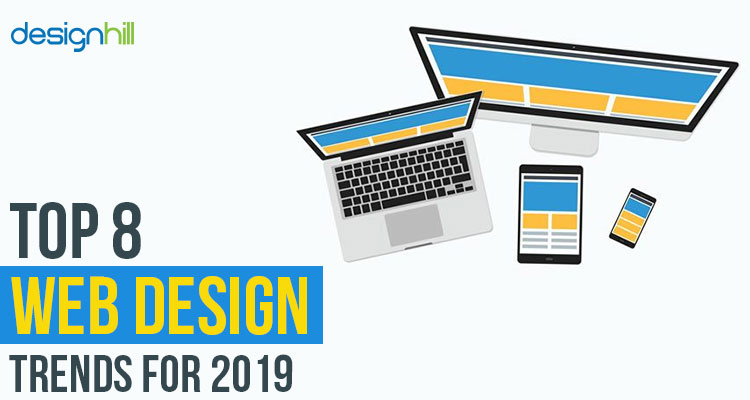Fascinated In Discovering How Website Style Has Changed Throughout The Years? Discover The Journey
Fascinated In Discovering How Website Style Has Changed Throughout The Years? Discover The Journey
Blog Article
Material Created By-Rasmussen Bojesen
In the past, web sites were basic and concentrated on info. Navigating was straight, and style was for desktops. Now, individual experience is key. Data overviews layouts for very easy navigating. Receptive designs suit various gadgets. Today, dark setting lowers strain, and minimal food selections improve navigation. Interactive features involve customers, and bold visuals stick out. AI integration boosts engagement. See exactly how design has actually developed to improve your on the internet trip.
Very Early Days of Web Design
In the very early days of website design, simpleness reigned supreme. Sites were standard, with restricted colors, font styles, and designs. The emphasis was on giving info instead of fancy visuals. Individuals accessed the web through slow-moving dial-up links, so speed and performance were essential.
Navigation food selections were straightforward, generally located at the top or side of the web page. Websites were made for computer, as mobile surfing had not been yet widespread. Web content was king, and designers focused on easy readability over complex layout components.
HTML was the main coding language utilized, and developers had to function within its constraints. Computer animations and interactive functions were marginal contrasted to today's criteria. Sites were fixed, with little vibrant content or individualized user experiences.
Increase of User-Focused Style
With the evolution of web site design, a shift in the direction of user-focused layout principles has become progressively popular. https://www.globenewswire.com/en/news-release/2022/02/09/2381973/0/en/SEO-Video-Show-The-Rapidly-Expanding-YouTube-Channel-Enters-Sponsorship-Deal-with-Ahrefs.html , creating internet sites that prioritize individual experience is essential for involving visitors and accomplishing business objectives. User-focused layout entails recognizing the needs, preferences, and actions of your target audience to customize the internet site's layout, content, and features as necessary.
Developers now carry out thorough research, such as individual studies and functionality screening, to gather insights and comments directly from customers. This data-driven method assists in developing user-friendly navigation, clear calls-to-action, and aesthetically appealing interfaces that resonate with site visitors. By positioning the customer at the center of the style process, web sites can provide an extra individualized and satisfying experience.
Receptive design has likewise become an essential element of user-focused layout, making sure that websites are optimized for various tools and screen sizes. This versatility boosts access and functionality, catering to the diverse methods users interact with websites today. Essentially, the surge of user-focused layout symbolizes a change towards creating digital experiences that focus on the needs and expectations of the end individual.
Modern Trends in Web Design
Check out the most recent trends shaping website design today. One noticeable pattern is dark mode style, providing a streamlined and modern look while minimizing eye strain in low-light settings. One more vital pattern is minimal navigation, simplifying menus and improving user experience by focusing on essential elements. Incorporating micro-interactions, such as computer animated switches or scrolling results, can create an extra interesting and interactive site. Responsive design stays essential, ensuring smooth customer experiences across numerous gadgets. In addition, making use of bold typography and asymmetrical formats can include aesthetic rate of interest and draw attention to particular material.
Incorporating AI innovation, like chatbots for consumer assistance or individualized recommendations, enhances individual interaction and improves processes. Ease of access has additionally become a substantial pattern, with developers prioritizing inclusive design practices to cater to diverse user demands. Embracing sustainability by optimizing site performance for rate and effectiveness is an additional arising fad in web design. Collaborating with user comments and information analytics to repeat and improve style continually is vital for staying relevant in the ever-evolving digital landscape. By accepting these modern fads, you can develop a visually enticing, user-friendly web site that reverberates with your target market.
Verdict
As you review the development of website design from the very early days to currently, you can see how user-focused design has come to be the driving pressure behind modern trends.
Welcome the journey of adjustment and adaptation in web design, constantly keeping the customer experience at the forefront.
Tippingpointdigital
Remain current with the latest trends and innovations, and never ever stop developing your approach to create visually sensational and user-friendly websites.
Develop, adjust, and develop - the future of web design remains in your hands.
